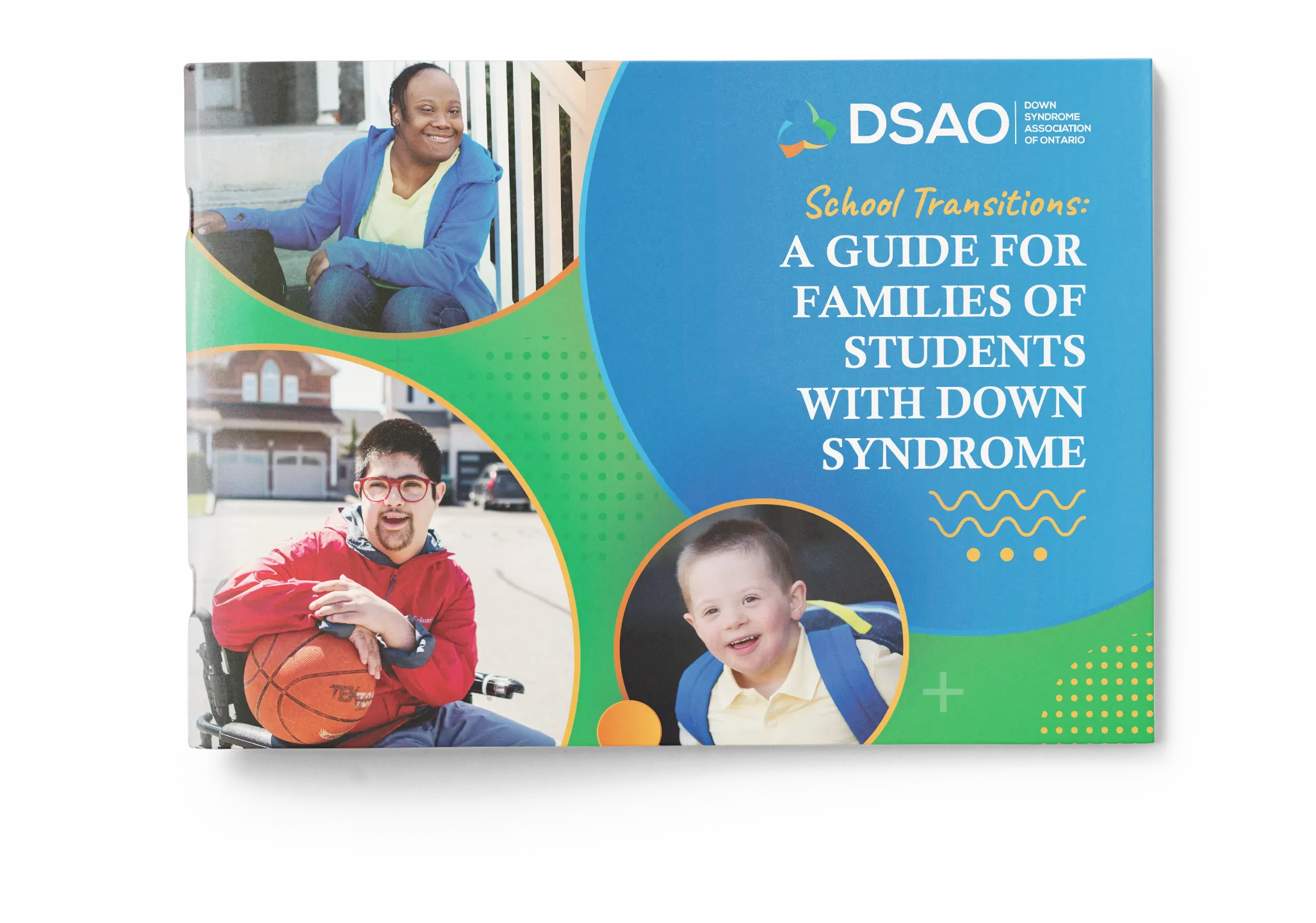The Identification, Placement and Review Committee Process (IPRC)
The families of exceptional students should be invited to attend several IPRC meetings in their child’s school career:
Some Boards invite parents to yearly IPRCs and/or send the parents a form to indicate that they are prepared to “waive” (i.e., “do without”) an IPRC for that year. If your child’s school has not contacted you about an IPRC at the beginning of the school year, and you believe it is necessary to hold one, the family can request an IPRC. This request must be made to the principal, in writing.
The purpose of the Identification, Placement and Review Committee (IPRC) process is to:
- Discuss and identify the nature of the student’s exceptionality
- Decide on the best placement for the student
- To review and possibly change either of the above decisions.
There are four basic steps in the IPRC process:
A Information Gathering
Parents can prepare for the IPRC by gathering information about their child from many sources: medical professionals, therapists, and community organizations.
School personnel will prepare for the IPRC by requesting and obtaining relevant educational assessments and amassing documentation that sheds light on the student’s strengths, needs and learning patterns.
B The Meeting
Parents/guardians will be invited to the IPRC meeting and should make every effort to attend. They may request a meeting time that accommodates their schedule. Parents may also invite someone to accompany them.
In addition to the school principal there will be several school board and school personnel in attendance. It is the responsibility of the school team to demystify the process and avoid acronyms and jargon. Clarity and plain language will make the process easier for everyone.
Newcomers to Canada, and parents/guardians who speak a language other than English may be supported by a settlement worker (SWIS) and an interpreter so that the process can be clearly explained and the parents’ point of view is understood and included.
C The decisions
After discussion, the participants in the IPRC will arrive at agreements about
- The nature of the student’s exceptionality (many students with Down syndrome are designated as having an Intellectual Disability)
- The educational placement which best suits the student. School boards in Ontario have been instructed to consider a placement in an age-appropriate class in the child’s neighbourhood school as the first, best option for any student receiving Special Education supports.
D The implementation
Thirty school days after the IPRC has been accepted, the student’s IEP should be ready for review and implementation.
If new evidence comes available, or if the student’s educational profile changes, the IPRC can be adjusted.
Important Details / Updates:
What is described above is the IPRC process as it is outlined in Ontario Regulation 181/98. Because of differences among school boards across the province, there are variations in practice, such as in the frequency and level of formality of the IPRC meetings.
It is also very important to acknowledge that the provincial IPRC guidelines indicate that there are five possible placements for exceptional students:
- A regular class with indirect support where the student is placed in a regular class for the whole day, and the teacher receives specialized consultative services.
- A regular class with resource assistance where the student is placed in a regular class for the whole day or most of the day and receives specialized instruction, individually or in a small group, within the regular classroom from a qualified special education teacher or Educational Assistant.
- A regular class with withdrawal assistance where the student is placed in a regular class while receiving instruction outside the classroom, for less than 50 per cent of the day, from a qualified special education teacher.
- A special education class with partial integration where the student is placed in a special education class for at least 50 per cent of the school day and is integrated with a regular class for at least one instructional period daily.
- A full-time special education class where the student spends the whole day in a smaller class for children with similar needs and with a special education teacher and educational assistants.
This range of placements is not available in many boards, particularly those that follow a philosophy and policy of full inclusion. This is an important detail for parents to be aware of: many school boards do not offer the choice of placement options that is mentioned in the provincial guidelines, and indeed, some school boards, particularly at the elementary level, frequently offer a regular class placement.
Advice from One Parent to Another:
“I was told that children with Down syndrome were not eligible for an IPRC. I felt powerless and I didn’t know how to find out if that was true, but I knew I wanted my daughter to have an IPRC! I wish I had known that I didn’t have to accept what the school was saying, and that I could have searched the Ministry’s own policies online.”
To know what the Ministry of Education says about the IPRC process, click this link
To read the legal regulations that govern IPRC and IEP processes, click this link


